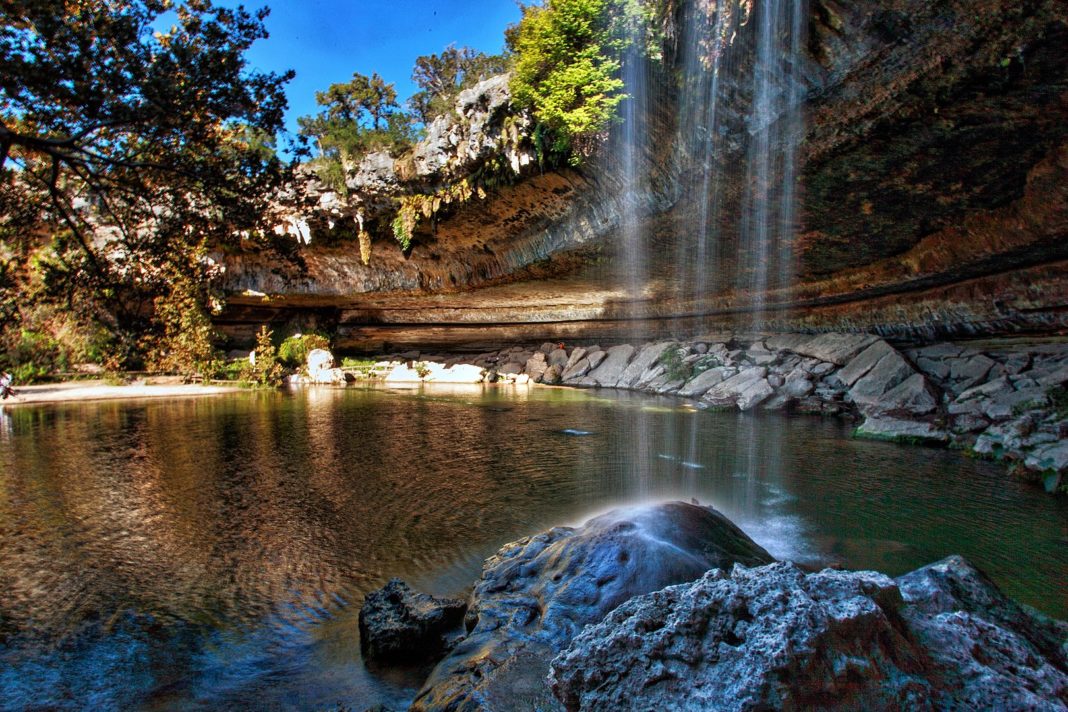Hamilton Pool is a natural pool that was created when the dome of an underground river collapsed due to massive erosion thousands of years ago. The pool is located about 37 km west of Austin, Texas off Highway 71. Since the 1960s, Hamilton Pool has been a popular summer swimming spot for Austin visitors and residents.
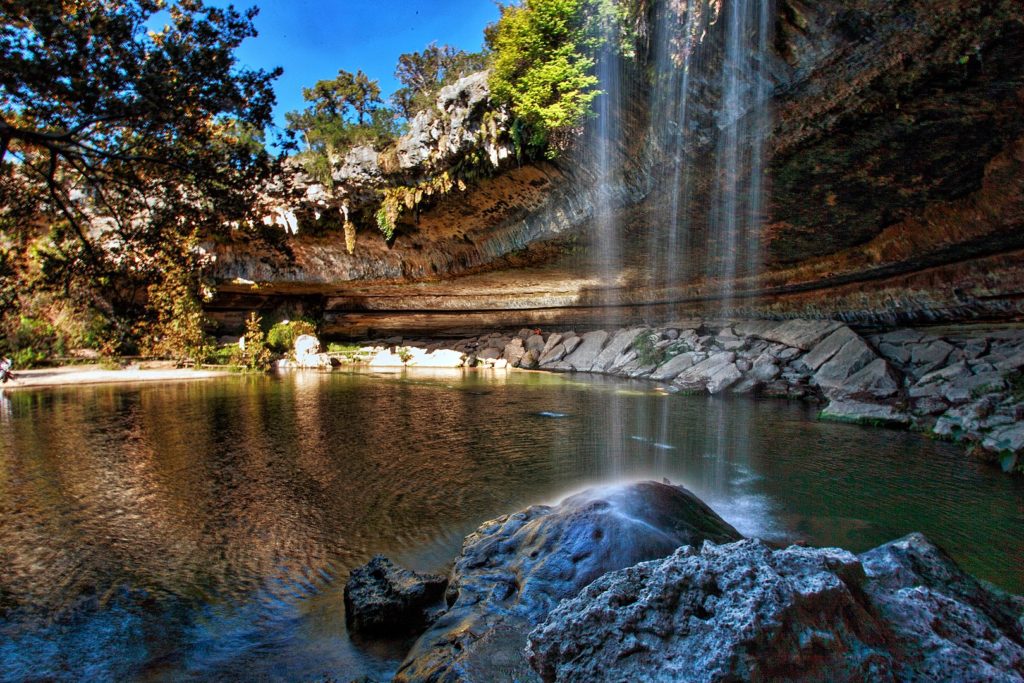
The pool is surrounded by large slabs of limestone that rest by the water’s edge; large stalactites grow from the ceiling high above. The ceiling and surrounding cliffs of the grotto are home to moss, maidenhair fern and cliff swallows. The Ashe juniper (cedar) uplands of the preserve are home to the endangered golden-cheeked warbler.
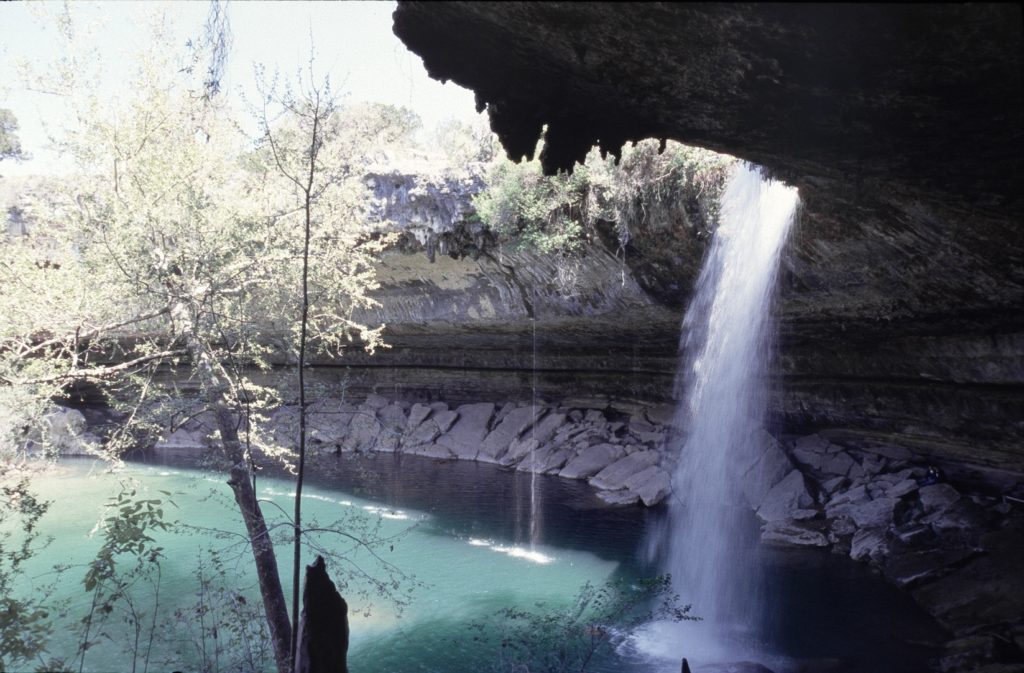
Hamilton Pool Reserve also has a large waterfall called Hamilton Creek 15.2 meters high, flowing strongly, although in the dry season, the amount of water decreases much, this waterfall has never stopped flowing. A particularly remarkable feature, also in the drought season, this lake still retains the average amount of water like other seasons in the middle of the year.
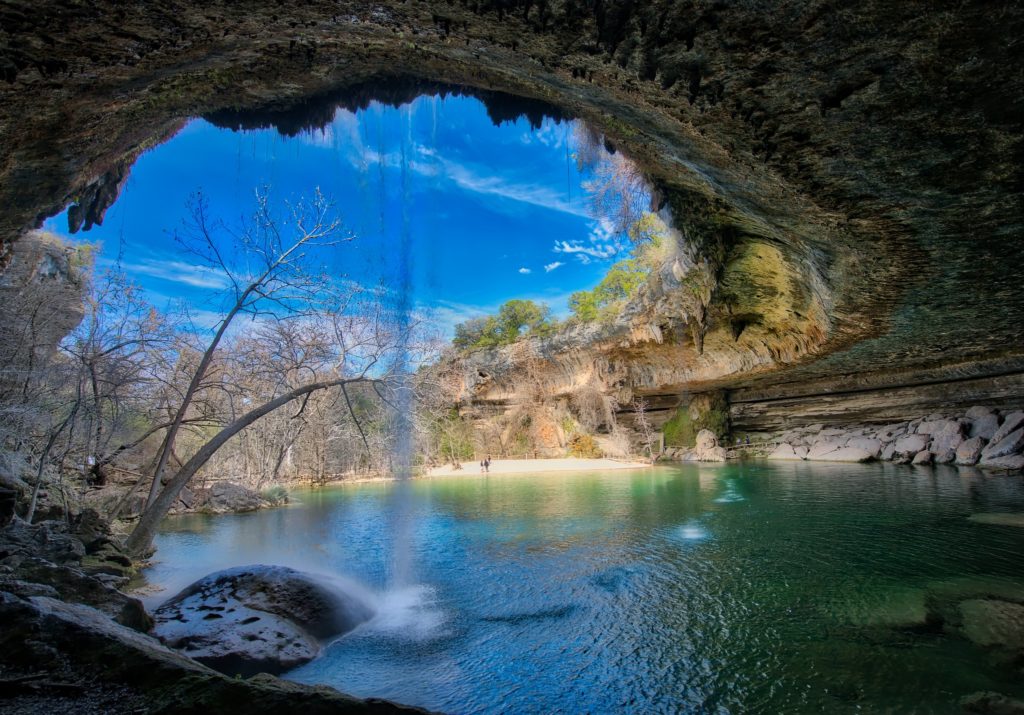
The natural pool and creek are not chemically treated, so water quality is monitored regularly and swimming is occasionally restricted. Hamilton Pool is part of the Balcones Canyonlands Preserve and is a protected environment.
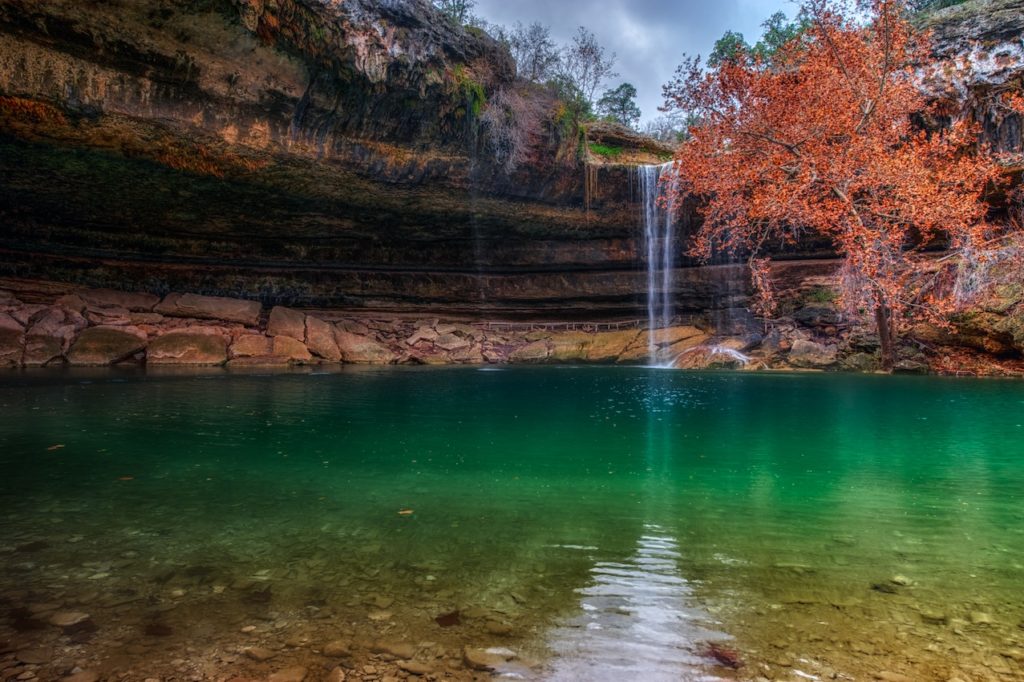
However, those responsible for preserving this amazing landmark have expressed concern that the growing number of visitors could affect the natural landscape of Lake Hamilton. At the same time, active management plans to restore Lake Hamilton was implemented. in the hope of improving the quality of the lake and the vegetation gradually returning to life as before.
According to the Internet





